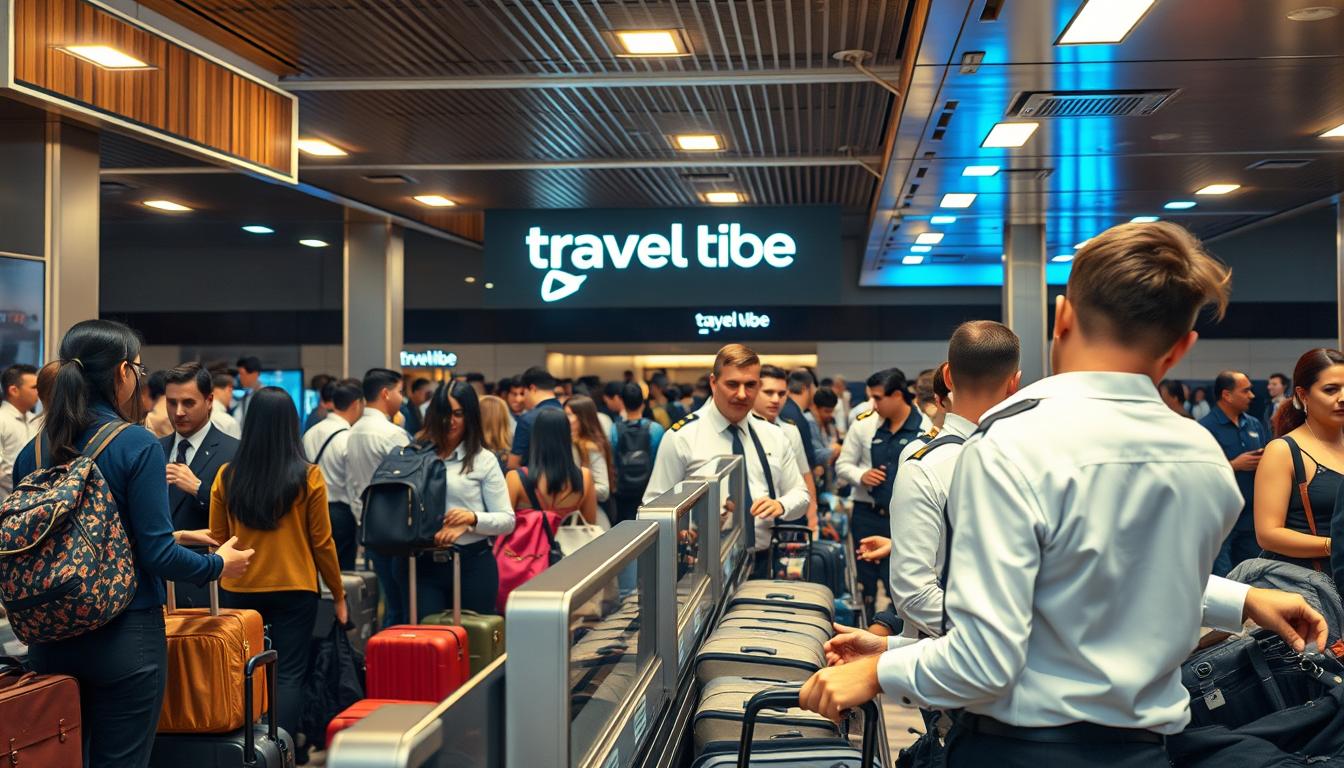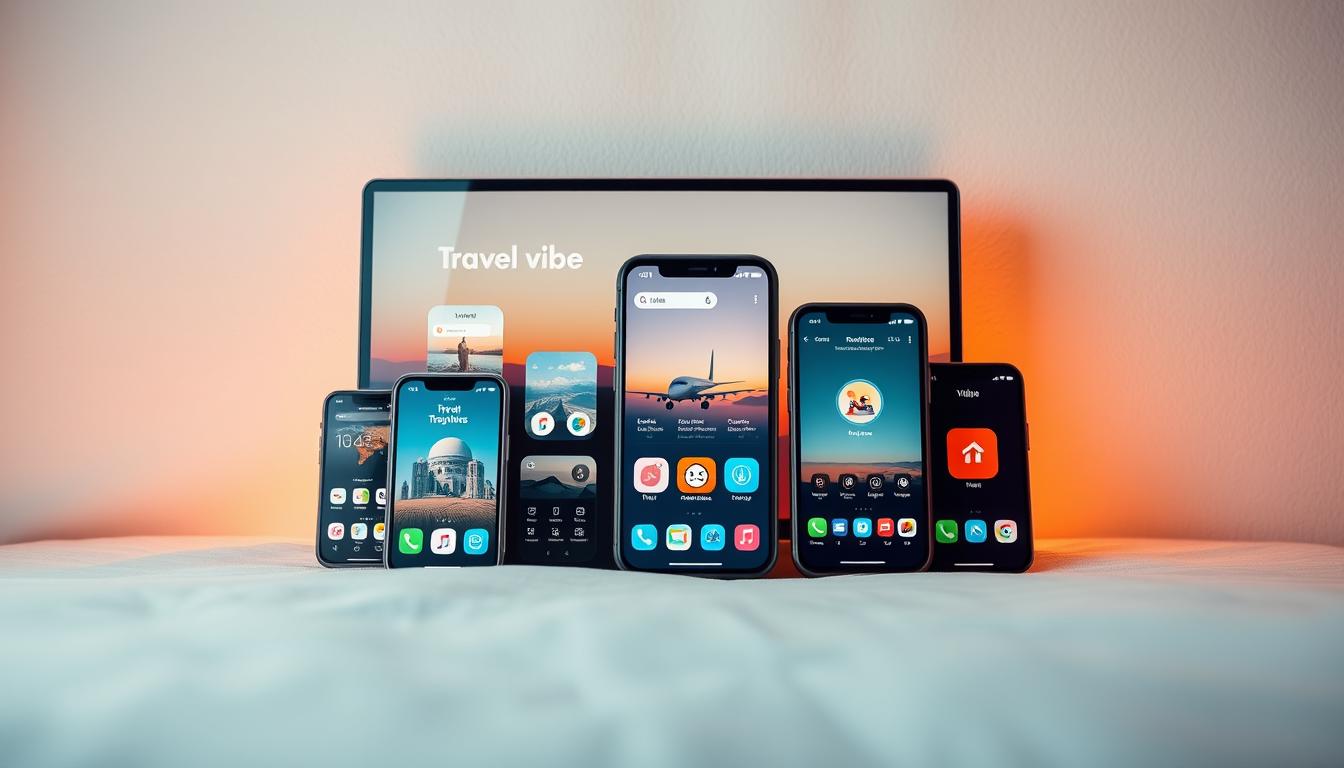Did you know that over 2.9 million people travel through U.S. airports daily, with a significant number experiencing stress due to airport security procedures? At CoWrit Technologies Inc., we understand that navigating airport security can be daunting, especially for infrequent travelers.
Our team has compiled a comprehensive guide to help you move through security checkpoints with confidence. By sharing our expertise and the latest TSA regulations, we aim to reduce your stress and make your travel experience smoother.
From pre-airport preparation to the screening process, we’ll walk you through actionable tips to optimize your journey. Whether you’re a first-time flyer or a seasoned traveler, our guide is designed to make your airport experience less overwhelming.
Key Takeaways
- Understand the latest TSA regulations to avoid unexpected delays.
- Learn how to pack efficiently for a smoother security check.
- Discover the best practices for dressing to breeze through security.
- Get insider knowledge on minimizing hassle during the screening process.
- Optimize your airport experience with our expert tips.
Understanding Airport Security Basics
As we prepare to travel, understanding airport security procedures can help us move through the airport with ease. Airport security is a critical aspect of air travel that affects all passengers. By grasping the fundamentals, we can make our journey smoother and less stressful.
Why Airport Security Exists
Airport security measures were significantly enhanced after the September 11, 2001 attacks to ensure passenger safety and prevent potential threats to aviation security. The Transportation Security Administration (TSA) was created to oversee airport security at U.S. airports and implement various screening procedures.
Key TSA Regulations to Know
The TSA requires passengers to follow specific guidelines when going through the checkpoint. For instance, passengers need to remove shoes, laptops, and liquids from carry-on bags. Liquids are restricted to containers of 3.4 ounces or less in a quart-sized bag, following the 3-1-1 regulations. There are exemptions for prescriptions, breast milk, and medical supplies, which should be clearly labeled.
- Liquids, gels, and aerosols must be in containers of 3.4 ounces or less.
- These items should be placed in a quart-sized, clear, zip-top bag.
- TSA PreCheck members benefit from expedited screening, allowing them to wear shoes and light jackets and leave laptops in their bags.
Planning Ahead: Pre-Airport Preparation
A smooth journey starts before you arrive at the airport, with thorough preparation. To ensure a seamless travel experience, it’s vital to consider several factors before heading to the airport.
When to Arrive at the Airport
Knowing when to arrive at the airport is crucial to avoid last-minute stress and potential delays. The general rule of thumb is to arrive 2 hours before domestic flights and 3 hours before international flights. This allows sufficient time for check-in, baggage drop-off, and security screening.
Organizing Your Travel Documents
Having your travel documents in order is essential for a smooth security experience. Ensure your boarding pass and ID are easily accessible. For international travel, verify that your passport is valid for at least six months beyond your return date.
Using the MyTSA App
The MyTSA app is a valuable tool for travelers, providing real-time updates on security wait times and identifying TSA PreCheck lanes. Download the app to plan your airport arrival more effectively and stay informed about permitted items.
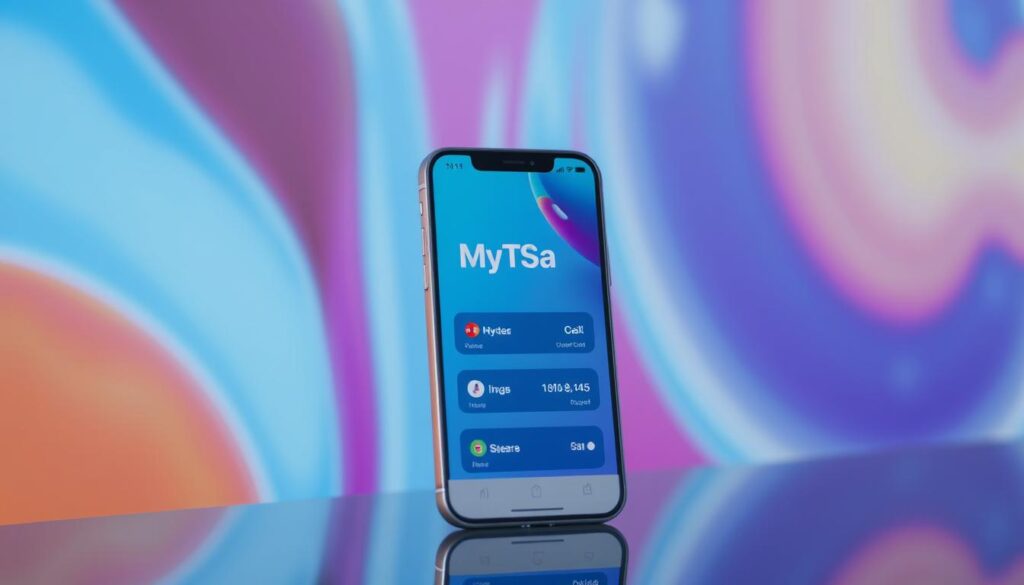
Packing Smart for Security Screening
Packing strategically is key to a smooth security screening experience. By organizing your carry-on and checked luggage thoughtfully, you can save time and avoid the frustration of having items confiscated at the checkpoint.
The 3-1-1 Liquid Rule
The Transportation Security Administration (TSA) enforces the 3-1-1 liquid rule to ensure safety on flights. This means that all liquids, gels, and aerosols in your carry-on must be in containers of 3.4 ounces (100 milliliters) or less, and all must fit into a single, quart-sized, clear plastic bag. We recommend packing this bag at the top of your carry-on for easy access during screening.
Electronics and Special Items
Electronics larger than a cell phone, such as laptops and tablets, need to be removed from your bag and placed in a separate bin unless you’re a TSA PreCheck member. Special items like camera equipment and powders may trigger additional screening, so consider packing them in checked luggage if possible.
What to Keep Accessible
Keep essential items like medications, reading materials, and snacks accessible but separate from items you’ll need to remove for screening. Using clear packing cubes or organizers can help keep categories of items separate and easily identifiable during screening.
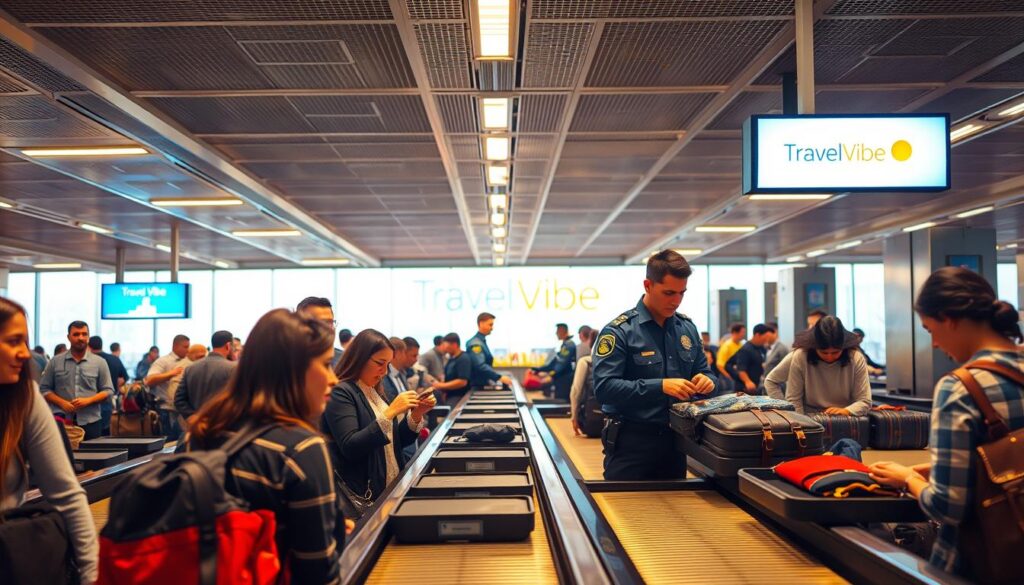
- Pack liquids and gels according to the 3-1-1 rule.
- Be prepared to remove larger electronics from your carry-on.
- Consider the necessity of special items in your carry-on.
Dressing for a Smooth Security Experience
When heading to the airport, the right attire can make all the difference in your security screening experience, saving you valuable time. What you wear can significantly impact how smoothly you navigate through the airport security checkpoint.
Footwear Considerations
Choosing the right shoes is crucial. All travelers must remove their shoes to go through the x-ray machines. Opt for footwear that can easily be removed, such as sandals, loafers, flip-flops, or slip-on sneakers. This makes the process smoother and less stressful.
Minimizing Metal Items
Metal items can cause delays. Avoid wearing excessive jewelry, belts with large metal buckles, or clothing with metal embellishments. Keep it simple with just wedding rings and watches.
Comfortable Yet Practical Clothing
Wear clothing that is both comfortable and practical. Layers are a good idea for adjusting to different temperatures, but avoid bulky clothing that might require additional screening at the checkpoint.
| Dressing Tip | Benefit |
|---|---|
| Wear slip-on shoes | Easier to remove and put back on |
| Minimize metal items | Less likely to trigger additional screening |
| Choose comfortable clothing | Adjusts to different temperatures and reduces stress |
Tips for Navigating Airport Security with Ease
We have some expert advice to help you navigate airport security with ease and confidence. Navigating airport security can be made simpler by being prepared and knowing what to expect.
Preparing Your Items for Screening
One of the most effective ways to navigate airport security with ease is to prepare your items for screening before you reach the front of the line. Start removing electronics, liquids, and shoes while waiting in line. Observing experienced travelers can also be helpful; they often demonstrate efficient security checkpoint habits.
When approaching the bins, have a system in place: place shoes, belts, and jackets in one bin; electronics in another; and your liquids bag and small metal items in a third to stay organized.
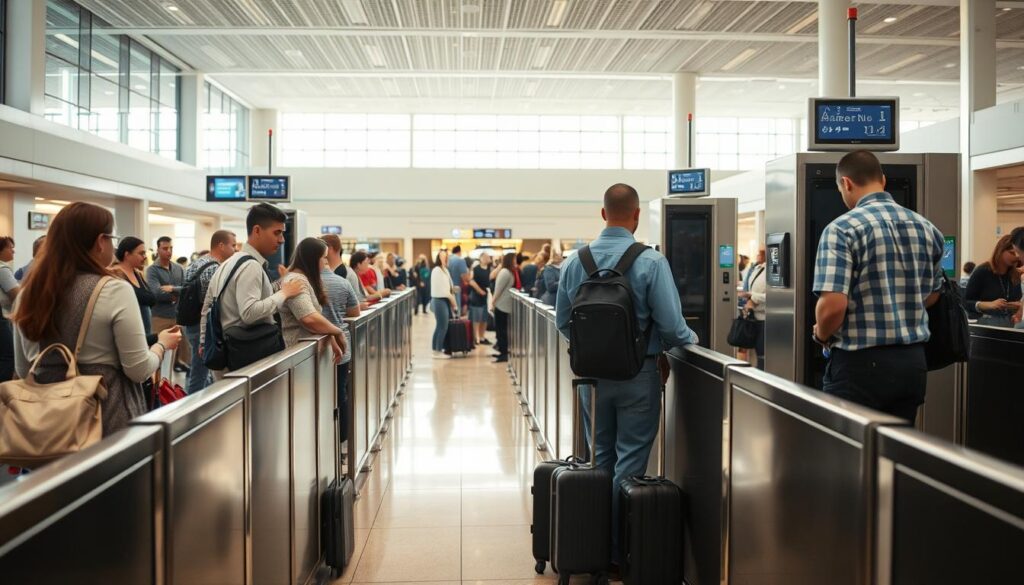
Moving Through the Security Line Efficiently
Being ready when it’s your turn is crucial. Have your boarding pass and ID ready, follow instructions promptly, and avoid distractions like phone calls or conversations that slow the process.
Following TSA Officer Instructions
Always follow TSA officer instructions explicitly, even if they differ from your previous experiences. Procedures may vary by airport or be updated based on current security protocols. If selected for additional screening, remain calm and cooperative.
As one expert notes,
“Following the instructions will help keep you moving through the security checkpoint.”
This emphasizes the importance of cooperation and compliance during the security process.
Special Considerations for Liquids and Food
Knowing the exceptions to the 3-1-1 liquid rule can make a big difference in your airport security experience. Certain items, such as medications, baby formula, and specific food items, have special considerations that allow them to be carried in quantities or forms that would otherwise be restricted.
Medication and Medical Supplies
Passengers are allowed to bring prescription medications and medical supplies through security. Liquid medications are exempt from the 3-1-1 rule but should be declared to TSA officers. It’s recommended to keep medications in their original labeled containers to facilitate screening.
Baby Formula and Breast Milk
Baby formula, breast milk, and baby food are permitted in quantities exceeding 3.4 ounces and don’t need to fit in a quart-sized bag. However, they may require additional screening. Ice packs used to cool these items are also allowed, even if partially thawed.
Food Items and Restrictions
Food items can trigger additional screening due to their appearance on X-ray machines. Consider placing them in a clear plastic bag and removing them from your carry-on for separate screening. Liquid or gel-like foods are subject to the 3-1-1 rule unless they’re for medical needs or infant nourishment.
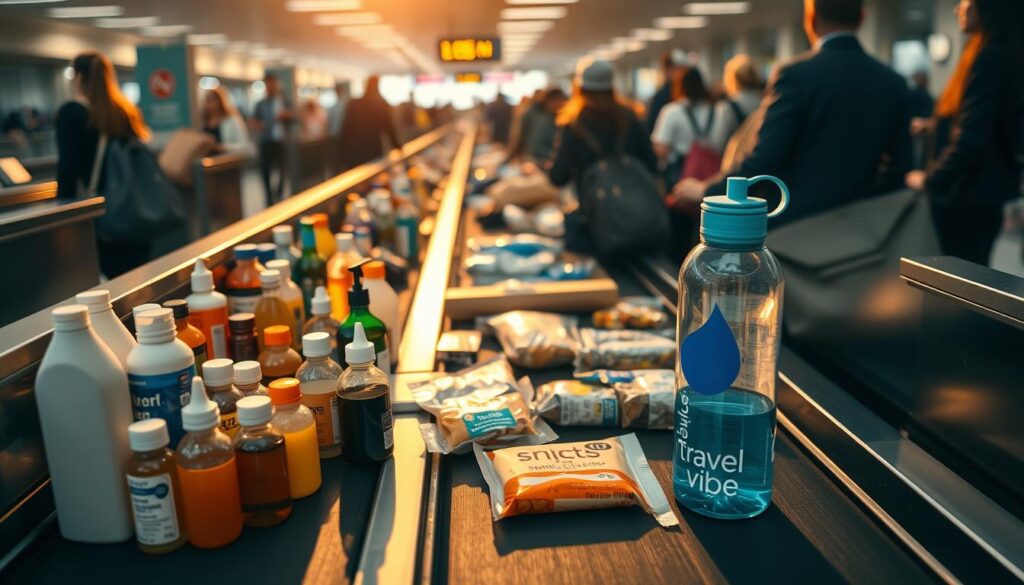
Expedited Security Programs Worth Considering
Traveling through airports can be stressful, especially when it comes to security checks, but expedited programs can ease this burden. These programs are designed to reduce wait times and make the security process more efficient for travelers.
TSA PreCheck Benefits
TSA PreCheck is a program available at over 200 U.S. airports and with more than 85 participating airlines. It allows pre-screened travelers to keep their shoes, light jackets, and belts on while passing through security, significantly streamlining the process. Members can also leave laptops and compliant liquids in their bags.
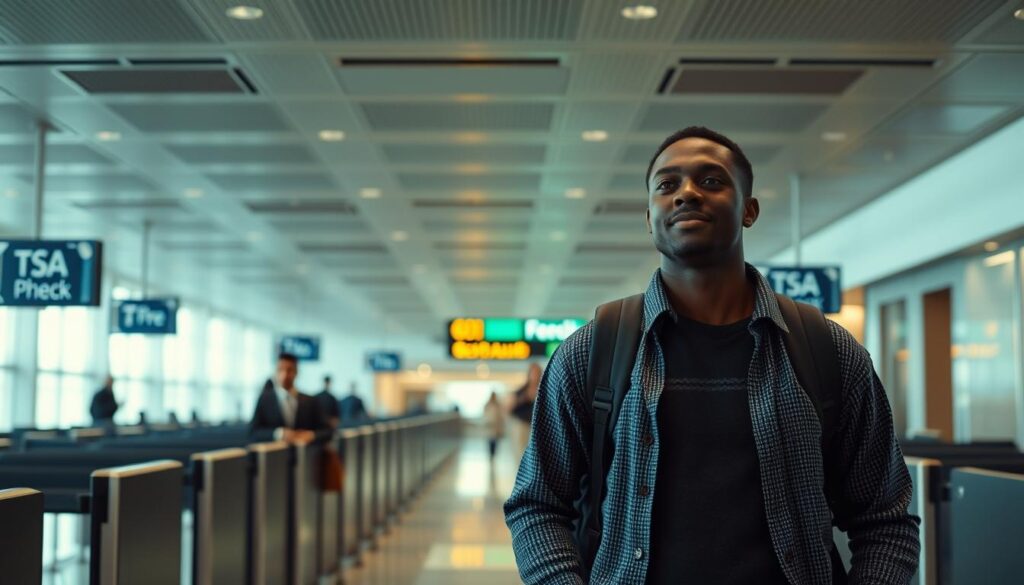
Global Entry for International Travelers
Global Entry is ideal for international travelers as it combines the benefits of TSA PreCheck with expedited customs and immigration processing when returning to the United States. This program is particularly beneficial for frequent international travelers.
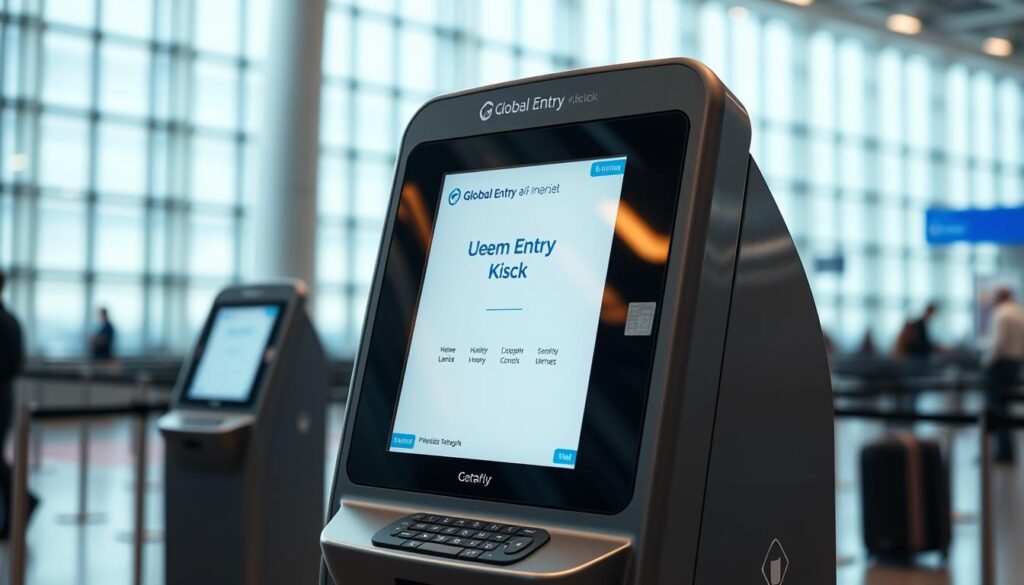
CLEAR Biometric Screening
CLEAR uses biometric authentication to verify identity, allowing members to skip the document check line. While it’s not available at all airports, it can be used in conjunction with TSA PreCheck for an even faster security experience.
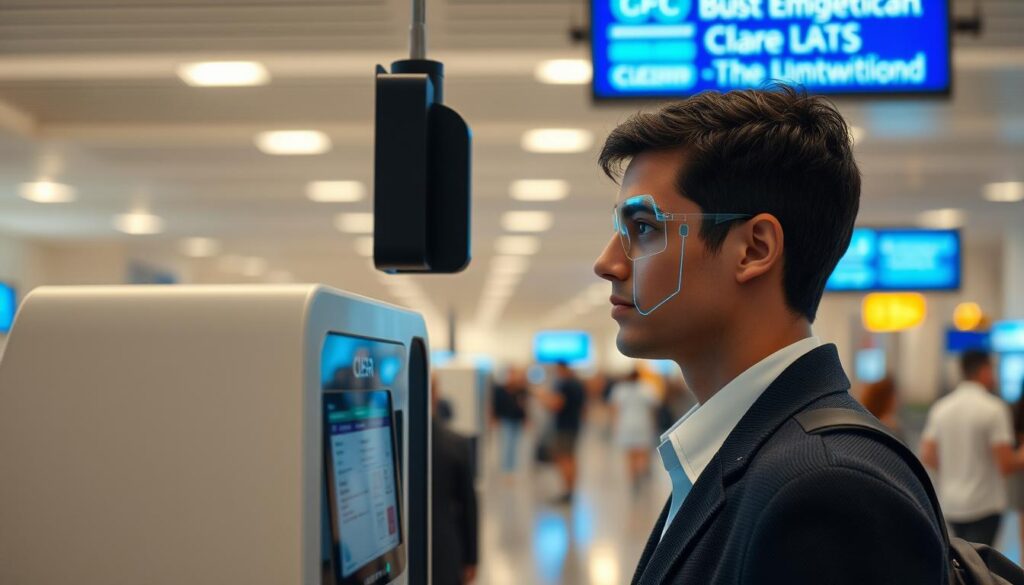
Navigating Security with Special Circumstances
We understand that navigating airport security with special circumstances requires some extra preparation. The Transportation Security Administration (TSA) has implemented various protocols to make the security process smoother for passengers with unique needs.
Traveling with Children
When traveling with children under 12, the TSA has modified screening procedures to reduce stress for both parents and kids. Children can keep their shoes, light jackets, and headwear on, and infants can be carried through metal detectors or advanced imaging technology in arms or slings.
Passengers with Medical Devices
Passengers with medical devices such as pacemakers, insulin pumps, or prosthetics should inform TSA officers before screening begins. They may request a pat-down instead of going through imaging technology, and documentation from a healthcare provider can be helpful in explaining the necessity of these devices.
Traveling with Pets
Traveling with pets requires removing animals from carriers, which will be screened separately. Small dogs and cats should be secured with a leash while their carrier goes through the X-ray machine. Service animals remain with their owners throughout the screening process and may receive a paw inspection.
What to Do If Selected for Additional Screening
Being selected for additional screening at the airport can be a surprising experience, but it’s a normal part of the security process. As we navigate through airport security, we might encounter unexpected delays, but being prepared can make all the difference.
Random Security Checks
Random security checks are an integral part of the TSA’s layered security approach. These checks can involve a hand swab for explosive trace detection or a more thorough bag search. According to the TSA, random checks are conducted to ensure the security of all passengers.
“The TSA uses a layered security approach to protect the traveling public. Random security checks are one of the many layers in place to prevent and detect potential threats.”
Pat-Down Procedures
If you’re selected for a pat-down, the TSA officer will explain the procedure before beginning. You have the right to request a private screening and an officer of the same gender. During the pat-down, the officer will use the back of their hands for sensitive areas and should be professional and respectful throughout.
| Pat-Down Procedure | What to Expect |
|---|---|
| Private Screening | You can request a private area for the screening |
| Officer of the Same Gender | You have the right to request an officer of the same gender |
| Explanation of Procedure | The TSA officer will explain the procedure before beginning |
Staying Calm and Cooperative
Staying calm and cooperative is the best approach if you’re selected for additional screening. Responding with hostility or frustration will only prolong the process and create unnecessary tension. By being prepared and understanding what to expect, you can make the experience less stressful.
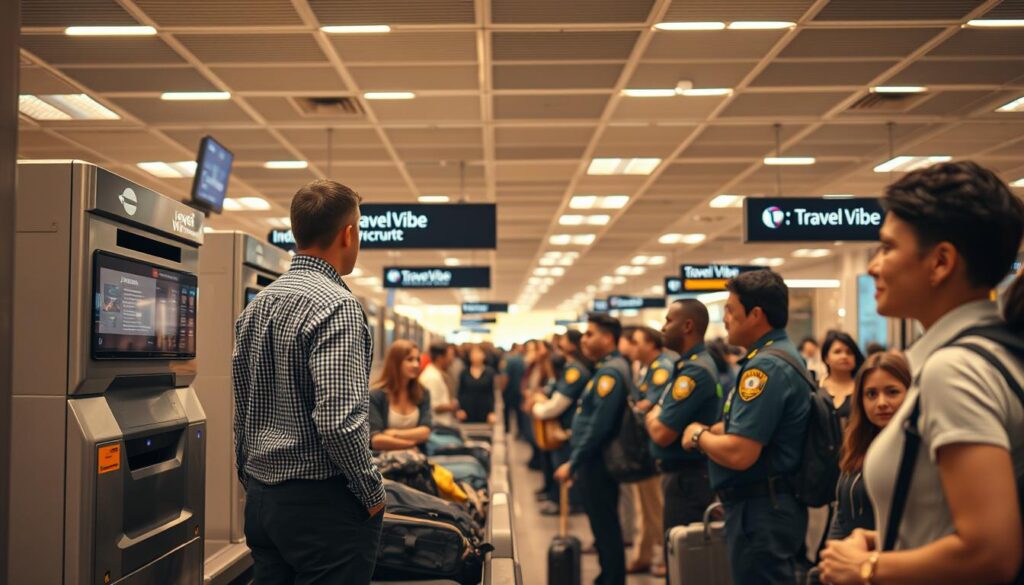
Conclusion: Making Security a Stress-Free Part of Your Journey
With the right mindset and preparation, airport security can become a seamless part of your travel journey. We at CoWrit Technologies hope our comprehensive tips help you navigate airport security with greater confidence and ease on your next trip.
Remember, arriving early, packing strategically, and dressing appropriately are key to a stress-free experience. Consider investing in expedited security programs if you travel frequently. For additional travel tips or assistance, contact us at CoWrit Technologies via WhatsApp at +44-7822010953.
Safe travels, and may your security experience be smooth and your journey be enjoyable, making your way to your flight a pleasant step in your overall airport experience at various airports.
